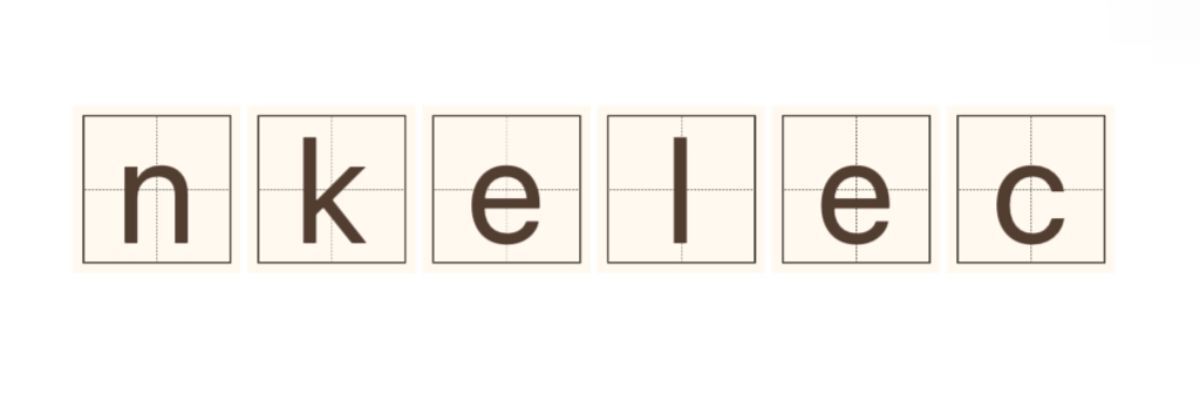Low-Voltage Capacitor Bank vs Traditional Capacitor Bank: Key Differences
When considering power management solutions, it is important to understand the differences between various types of capacitor banks. One common question is about the distinctions between a Low-Voltage Capacitor Bank and a Traditional Capacitor Bank.
If you are looking for more details, kindly visit Low-Voltage Capacitor Bank.
Key Differences Between Low-Voltage Capacitor Bank and Traditional Capacitor Bank
- Voltage Level
- Application
- Size and Configuration
- Maintenance and Safety
- Cost
A Low-Voltage Capacitor Bank operates in the voltage range of up to 1 kV, making it suitable for smaller applications and facilities. In contrast, Traditional Capacitor Banks typically handle higher voltages, often exceeding 1 kV, and are mainly used in large industrial settings.
The applications for these capacitor banks also differ. Low-Voltage Capacitor Banks are often utilized for power factor correction, improving efficiency, and reducing electricity costs in commercial buildings and small industrial applications. Traditional Capacitor Banks are more geared towards high voltage transmission systems and large motors in heavy industry.
Low-Voltage Capacitor Banks are generally more compact due to their lower power and voltage ratings, making them easier to install in limited space. Traditional models are usually larger and bulkier, requiring more space and robust supports to manage the higher voltage and power levels they operate at.
Low-Voltage Capacitor Banks have simpler maintenance requirements and lower safety risks associated with their operation. Traditional Capacitor Banks, with their higher voltage levels, require more stringent safety measures and specialized personnel for maintenance and installation due to the risks involved.
In terms of financial investment, Low-Voltage Capacitor Banks are often more cost-effective for smaller businesses looking to improve energy efficiency without major capital expenditure. Traditional Capacitor Banks can involve higher costs due to their size, complexity, and installation requirements.
Benefits of Low-Voltage Capacitor Banks
Low-Voltage Capacitor Banks offer several benefits that make them an attractive option for many facilities:
- Energy Savings
- Improved Equipment Lifespan
- Easy Installation
- Regulatory Compliance
- Flexibility
By improving the power factor, these capacitor banks can reduce electrical losses, leading to lower energy bills.
They help protect electrical equipment by providing more stable voltage levels, thus potentially extending the lifespan of motors and other devices.
The compact size of Low-Voltage Capacitor Banks facilitates easier installation, often requiring fewer modifications to existing systems.
Using a Low-Voltage Capacitor Bank can help businesses comply with local energy codes and regulations, avoiding potential fines.
These systems can be easily scaled or modified as a business grows, allowing for greater flexibility in energy management strategies.
Conclusion
In summary, while both Low-Voltage Capacitor Banks and Traditional Capacitor Banks serve crucial roles in managing electrical power, they are suited to different applications based on their voltage levels, size, and complexity. Businesses should evaluate their specific needs and operational requirements when deciding which type of capacitor bank to implement, taking into account the advantages that a Low-Voltage Capacitor Bank can offer in energy efficiency and installation flexibility.
For more information, please visit Static Var Generator Supplier.
142
0
0


Comments
All Comments (0)